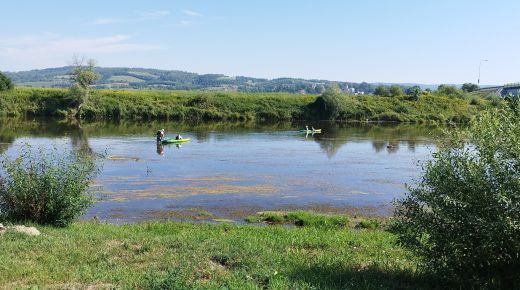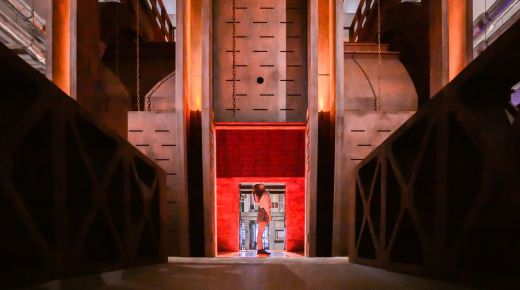The fortifications are of different level of destruction. Tourists can find whole buildings as well as scattered remains which are a challenge even for most dedicated explorers. Apart from war destructions, the fortifications were destroyed in 1944 by Russians, when they were liberating Poland from German occupation and after by Polish soldiers to prevent OUN-UPA from using it in their favour Bóbrka
Fortifications of the Molotov Line
The Molotov Line included: caponiers, half-caponiers, traditors, periscopes, dragon’s teeth. Each bunker carries the history of military equipment as well as the people. Lesko’s combat bunker is famous for the fact that its crew kept their post the longest. The crew of combat bunker in Załuż was defeated by German and Slovak troops with use of flamethrowers and ecrasite explosive materials. 25 people died then, with 3 civilians among them – family of the commander captain Rikadze. In Olchowiec Germans made one of their propaganda films. This one was about their successes in capturing Russian positions, although it is worth mentioning that the Molotov Line was under construction when German offensive started which was the reason why Russians’ defence lasted in most cases no more than few days. The Molotov Line was designed by engineer Karbyshev. After he was captured, Germans unsuccessfully tried to force him to design for them. Karbyshev was held in Hammelburg, Flossenburg, Majdanek, Auschwitz, Sachsenhausen and Mauthausen – where he was murdered.
the Molotov Line is a contemporary name for a system of Russian fortifications, which was built in Poland in 1940-1941 along contractual border established on August the 23, 1939 by Molotov–Ribbentrop Pact, dividing the area occupied by Germany from the area under USSR control.
The cycling trail called ‘Śladami nadsańskich umocnień’ can be helpful in finding the Molotov Line. The signposted route is circa 150 km long and goes from Bóbrka near Solina, through Lesko, Sanok, Dynów, Bachów to Krasiczyn. The Molotov Line constructions can also be found in Roztocze, for example near Cieszanów or on the slope of Wielki Dział, where tourist can see the bunker in which armoured dome from Polish fortification was used.
Photo: Podkarpackie.travel (Krystian Kłysewicz)



